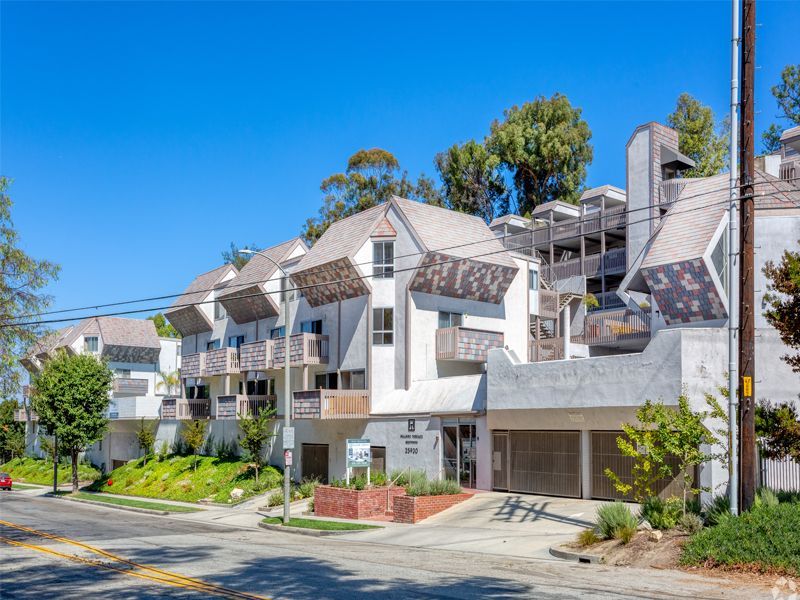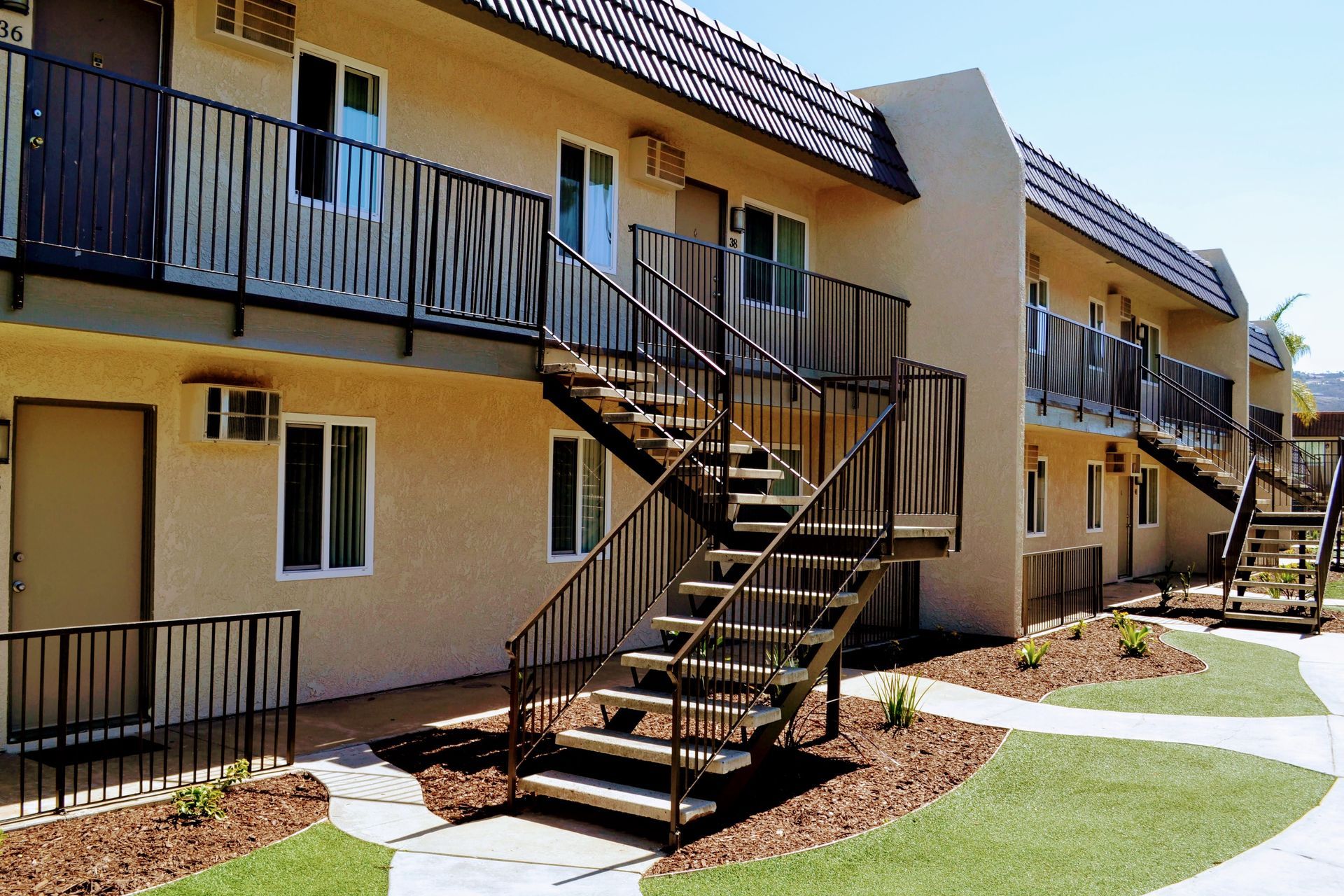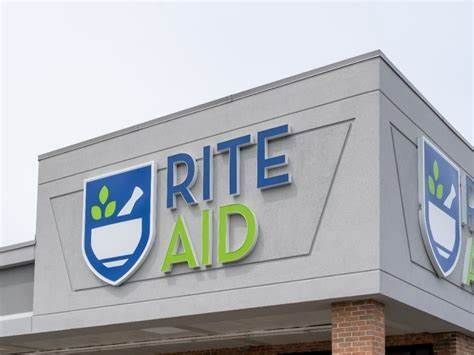Debunking the Short-Term Rental Myths
Have you been considering a real estate investment in short-term rentals? Perhaps you’ve heard of people buying property and listing it on sites like Airbnb and Vrbo. Over the last years, there has been a rise of interest in investing in real estate for use in short-term rentals. According to Forbes, “Peak season is now year-round for some short-term rental (STR) markets, thanks to remote work.1"
In this particular article, we would like to draw upon our experience as a professional property management company, and provide some perspective on the work that goes into maintaining a short-term rental.
WHAT IS A SHORT-TERM RENTAL?
First, it is important to note that the “30-days-or-less" threshold that generally defines a short-term rental seems to be the standard in just about all areas but be aware that it is important to visit your own state and local government websites for more information about how a short-term rental is defined in your specific community because there will likely be other criteria that differs from state-to-state and city-to-city.
For context, one area may allow investors to receive a short-term rental permit for spaces such an Accessory Dwelling Unit (ADU) in their backyard, a converted garage, or a pool house, while other areas strictly forbid these units and only allow for single-family homes or a limited number of apartment units within a multi-family building.
WHAT KIND OF WORK GOES INTO MANAGING A SHORT-TERM RENTAL?
Now let’s talk about some of the work that goes into managing and maintaining a short-term rental property. We will discuss listing, customer service restocking, and repairs.
Listing
First is the listing and marketing of the unit. Whereas a listing for many long-term rentals will be online for a relatively short period of time (a few days or weeks) and often has many eager renters inquiring about the space, a listing on Airbnb, Vrbo or similar websites often involves much more care, attention, and professional quality because that single listing will typically serve over a longer period of time, across many renters, and faces a lot of competition for what essentially amounts to a luxury expense for the renter, rather than a housing necessity.
This means that it is often much more important to stage the property (since short-term rentals include furniture and supplies, as opposed to long-terms rentals which are rented as empty shells), to use professional photography of the unit itself and the surrounding area, to write a detailed and personalized description of the space, and to create a personal profile for yourself as the owner.
While there are many profiles that are not very attractive and properties that the owner is simply using to bring in some extra cash with the space in their home, the standards are much higher for someone who is looking to really turn their short-term rental into a cash-flowing investment.
Customer Service
Next, of course, is the ongoing customer service. A high number of positive reviews and an elite profile status are necessary for a successful short-term rental. This means that the owner needs to be easily and readily available to answer a variety of questions and handle concerns while renters are occupying the space. What’s more is that, since renters are changing every few days or weeks, much of this will be answering the same questions and concerns repeatedly. While you may want to put in the work to create some kind of physical “FAQ” sheet or booklet for your guests, you will still likely be constantly fielding questions about how to work certain appliances, where items are located, whether the check-out time can be extended, and your recommendations for places to go and things to do.
Remember, websites like Airbnb call their short-term-rental owners, “Hosts.” This focus on customer service and quick response time is great if you enjoy actively hosting your space but it does mean that short-term rentals are oftentimes not the passive-income sources that many owners seek. Yes, you can hire a property manager for your space but that comes with its own unique challenges (particularly for short-term rentals), which we will discuss later in this post.
Next, let’s go over two other forms of additional work that are part of any short-term rental investment: the regular restocking of supplies and the constant fixing and maintenance of the space.
Restocking Supplies
In the world of short-term rentals, renters have come to expect to find a wide range of supplies such as towels, shampoo, soap, pots and pans, dishes, cups, utensils, and coffee and tea. Through the continued flow of guests, it is likely that you may need to restock or re-supply these items frequently.
For example, a new set of towels may be used once before a guest uses them to clean up a spill and renders them permanently stained, bathroom supplies are commonly taken by guests, dishes break, and utensils often go missing. These items may need to be restocked during the downtime in between reservations, or your guest may ask for them during their stay. Because of this (and in order to maintain a high level of positive reviews), you may need to consistently be ready to bring or send supplies to your rental.
Repairs
Another factor to consider is the constant repair and maintenance of the space. Since a short-term rental is not going to be the renter’s permanent home, it is not unlikely that they may treat it with less care than the place in which they actually live. For this reason, broken cabinets, clogged kitchen sinks, tears in the carpet, or torn window screens are examples of just some of the work that will need to be done by you or outsourced to vendors on a regular basis. This, of course, is in addition to any repairs or maintenance on the exterior that may be needed for any home.
CHANGING REGULATIONS
Another important aspect of short-term rentals to consider is the somewhat more unpredictable nature of the rules and regulations surrounding them. For example, during the COVID Pandemic, people were unable to fly to popular vacation destinations and thus turned to local state and national parks, in order to get away and have a memorable experience in a setting that was more conducive to social distancing. One such place (just a couple of hours from us here at Coastline Equity), is Joshua Tree National Park. The areas near this park witnessed a huge boom in short-term rentals and the number of investors seeking to buy multiple properties that they could then rent out. This eventually turned out to have a large impact on the local economy, particularly on the prices for homes and rent for local residents.
In response to this, San Bernardino County recently enacted new rules and regulations for short-term rentals, including the types of property that could be listed as a STR, the number that any single investor could operate within the county, the number of occupants that the STR could host at any one time, and the costs for obtaining the required permits. Additional taxes and fees were also enacted. Of course, these changes were implemented while many investors were in the middle of their projects to either buy or build homes for short-term rentals.
And so, amongst the success stories for short-term rentals in popular destinations such as Joshua Tree, you can also find many videos and articles created by investors that have had their projects come to a standstill or have decided to throw in the towel all together, due to the changes that have affected their timelines and projected profitability. And since this is a new subset of the larger real estate industry, it is not unreasonable to expect that rules and regulations will continue to change unexpectedly and at a fast pace.
CHALLENGE TO FIND PROPER MANAGEMENT
Lastly, let’s discuss the topic of outsourcing the management and day-to-day operations to a property manager because this is one of the immediate thoughts that people have when they are looking to invest in an STR but do not want to actively participate in the back-and-forth questions that guests have, the constant replenishing of supplies, and the frequent maintenance calls for small fixes.
What’s more is that many areas actually require (by law) something to the effect that, “You or your representative must be available by telephone on a 24-hour basis and maintain the ability to make contact within 30 minutes and be physically present at the property within one hour in order to respond to and remedy complaints regarding the operation of the unit or the behavior of the renters.”2 As always, hiring a good property manager will allow you to satisfy this requirement and give you the bandwidth to truly focus on your role as an investor, rather than an operator/manager; however, finding a good property manager specifically for short-term rentals can be very challenging. Here’s why.
As you likely know, the foundation to a property manager’s business model is profit earned by collecting a percentage of the property’s monthly rental income. Here is where things get tricky. A property’s rental income is based primarily on two things: the amount of rent that is charged and the length of time that it is charged for.
Long-term rentals typically offer a certain level of security, being that it is relatively easy to set rental prices based on comps in your area and because long-term renters are typically obligated (by lease) to pay rent for a minimum of one year (and national averages suggest that they stay for a total of 2-3 years). With long-term rentals, there is a greater level of security and predictability.
On the other hand, the rent for short-term rentals can vary greatly depending on location, size, and amenities (common factors in all rentals), as well as more subjective factors like “coolness” or “uniqueness,” user reviews, and the overall experience that a renter has, not just in the home but also the destination they came for. The length of time that rent can be charged for a short-term rental also fluctuates frequently. Guests may stay for a few days, a few weeks, or a couple of months.
Occupancy rates may differ between weekdays and weekends, months and seasons, fads and trends in home styles (e.g. traditional homes, tiny homes, casitas, Airstream-like trailers, etc.) or based on the local area’s appeal as a luxury destination. And, of course, short-term rentals are typically restricted to stand-alone homes or a very limited number of apartments within a multi-unit building,3 meaning your property manager will need to spread themselves over a large quantity of separate locations. in order to create sustainable revenue.
All of this makes it much more difficult for a property manager to create a steady and sustainable source of income, as well as scale their business. It will also be more difficult for them to utilize “economies of scale” to demand discounts on goods and services, since their work (as well as the work of any third-party vendors they hire on your behalf) cannot be easily concentrated into a singular location, as could be the case in a larger multi-family apartment building. As a result, you may need to sift through and try many different managers, in order to find one that provides quality service and that can truly give your investment the time and care that it needs. We touch upon this topic (and others) in our article, “Advantages of Investing In a Larger Multi-Family Property.”
CONCLUSION
As with any investment, success or failure depends on many factors and is not guaranteed. There are, indeed, many positive aspects of short-term rentals, as well as many success stories. But through a lot of the hype and excitement surrounding the topic, hopefully we’ve been able to provide you with a unique perspective to consider, based on our experience as a professional property and asset management company that has been in business for over 40 years. If you have any questions, would like us to utilize our network to help you find your next investment property, or are interested in management for your existing real estate investments, please let us know. Until then, thanks for reading!
References:
- Demetrios Barnes. Short-Term Rentals Are Here To Stay: Three Predictions For The Near Future Of This Growing Market. Forbes Magazine. July 5, 2022. https://www.forbes.com/sites/forbesbusinesscouncil/2022/07/05/short-term-rentals-are-here-to-stay-three-predictions-for-the-near-future-of-this-growing-market/?sh=4c9658225fe6
- Soumya Karlamangla. California Officials Revisit Airbnb Rules Amid Pandemic Tourism Boom. July 22, 2022. https://www.nytimes.com/2022/07/22/us/california-airbnb-rules.html
- Website for the City of Long Beach (FAQ #4)
- Guide for Short-Term-Rental Owners and Operators – San Bernardino County
- Example from City of Long Beach - Number of units allowed for short-term rental use, based on property size (STR Elligibility)
Property Management Made Easy
Contact Us - Contact Page
We will get back to you as soon as possible
Please try again later
Los Angeles
1411 W. 190th St.,
Suite 225
Los Angeles, CA 90248
Temecula
41743 Enterprise Circle N.,
Suite 207
Temecula, CA 92590

P.O. BOX #1489
TORRANCE, CA 90505








